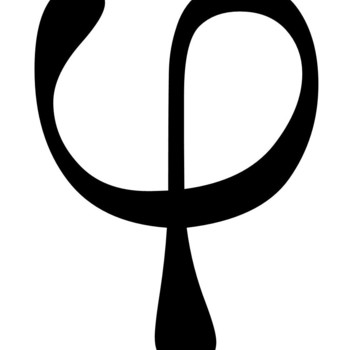Question #26c96
3 Answers
Explanation:
You have
Do the multiplication:
Rationalizing the denominator:
Multiply both numerator and denominator by the complex conjugate of the denominator to obtain:
Explanation:
The trick for dividing complex numbers is to multiply both numerator and denominator by the complex conjugate of the denominator.
Explanation:
Some things to consider.
This idea extends to higher powers.
We will not need powers greater than 2 for this problem.
Also note, for any complex number:
Where a and b are real numbers and
There exist a complex number
Which is always a real number.
This is known as a complex conjugate.
For the example:
We will start with
Dividing by a complex number is undefined, so we have to remove the complex number from the denominator by multiplying by the complex conjugate of the denominator:
Multiplication is carried out in the normal way, but we have to be aware when we multiply
Notice
So we have so far:
Now we multiply by



